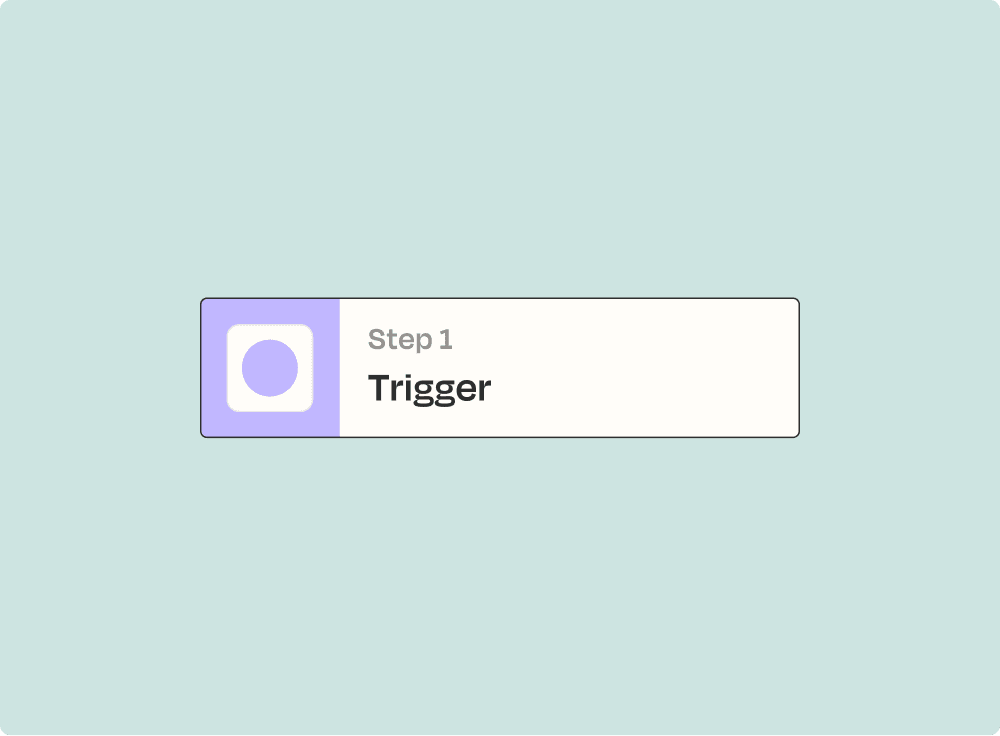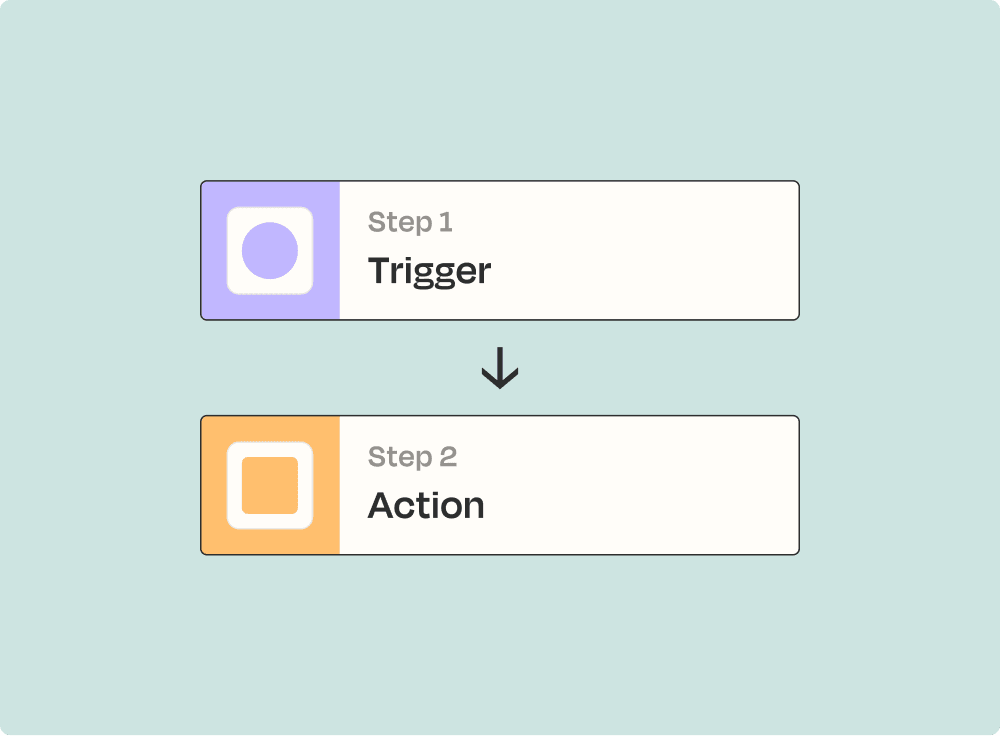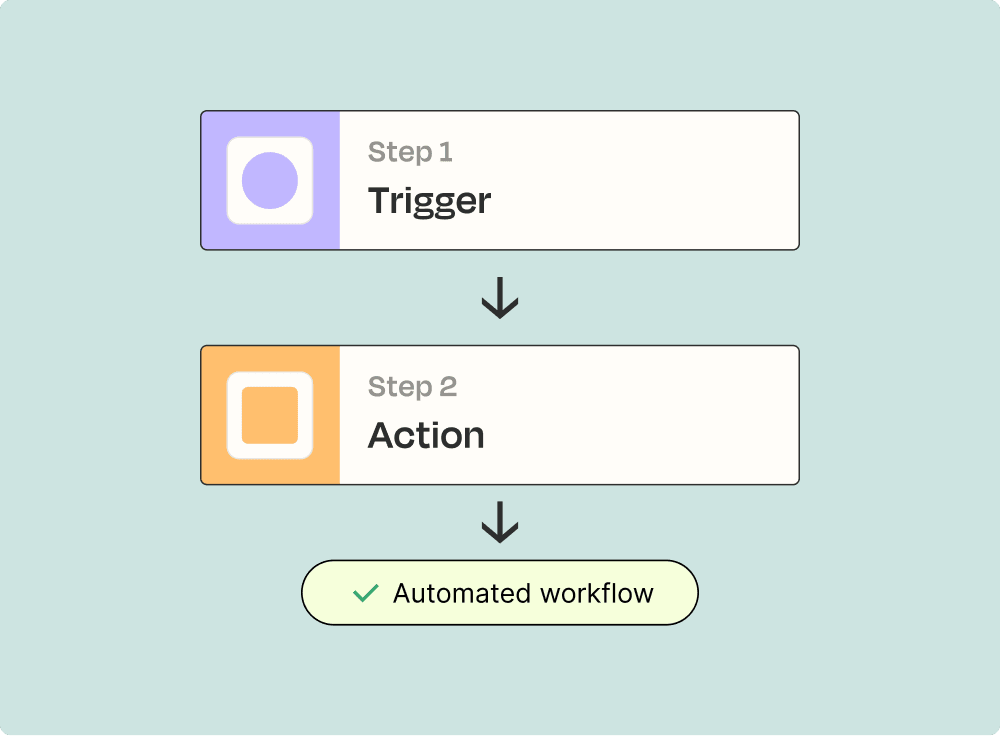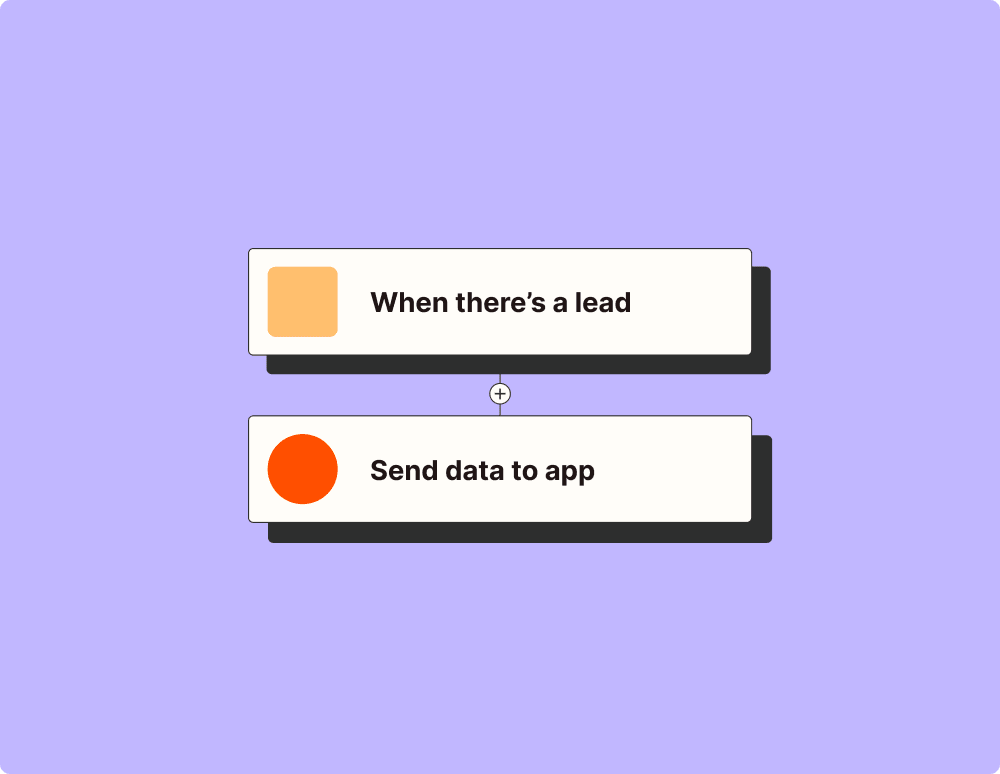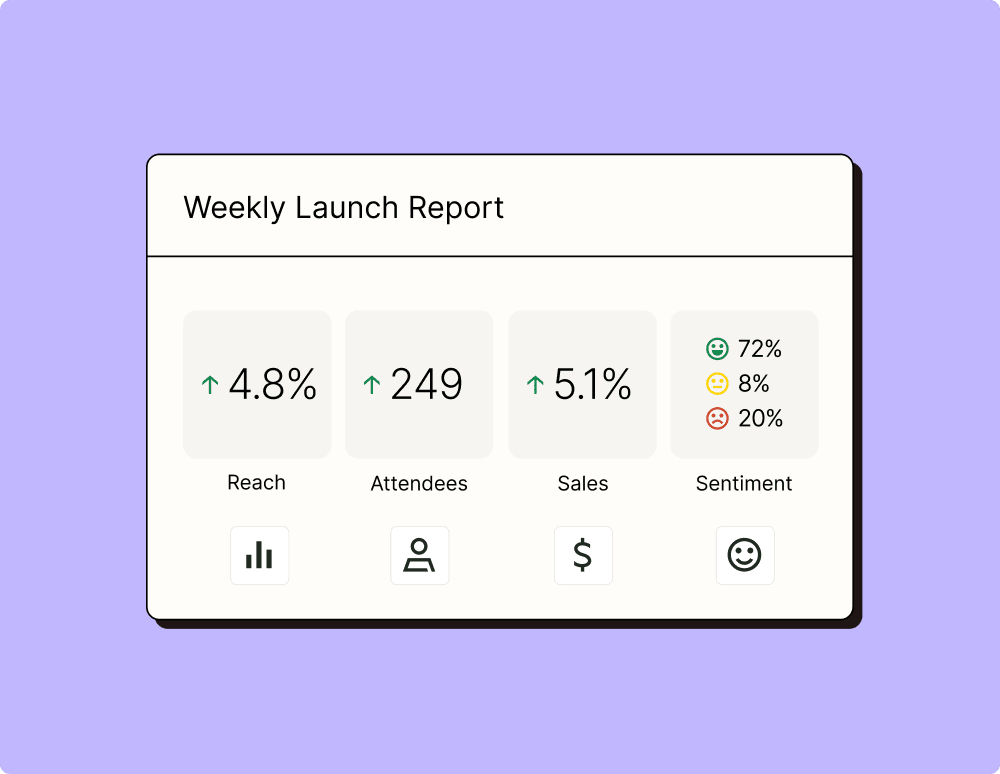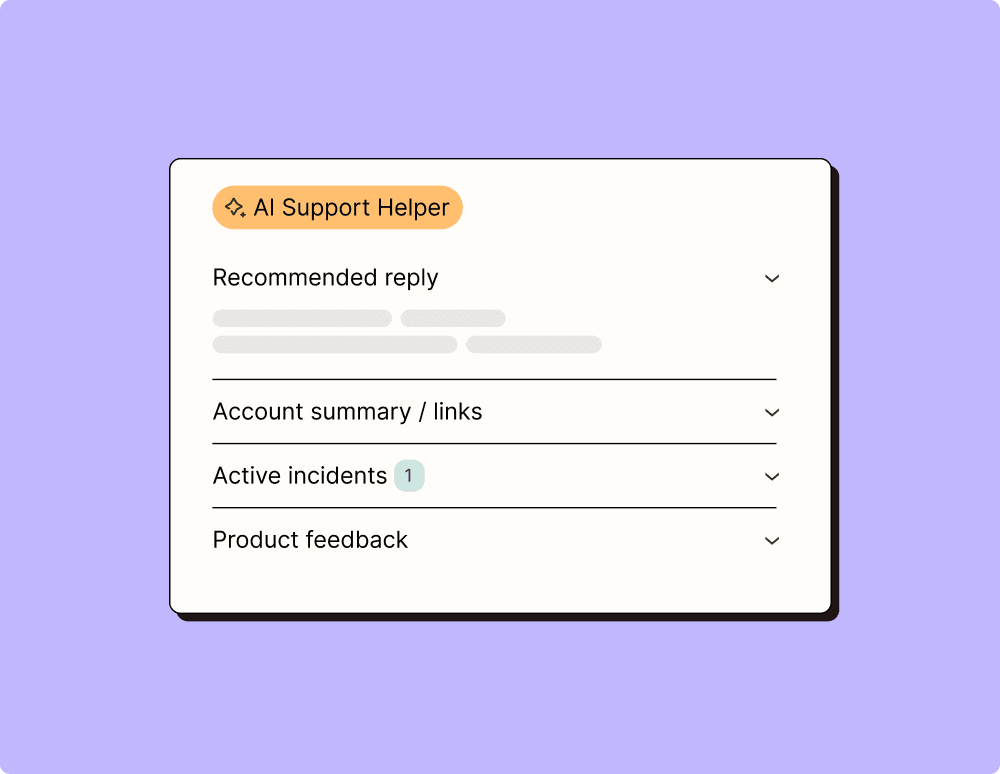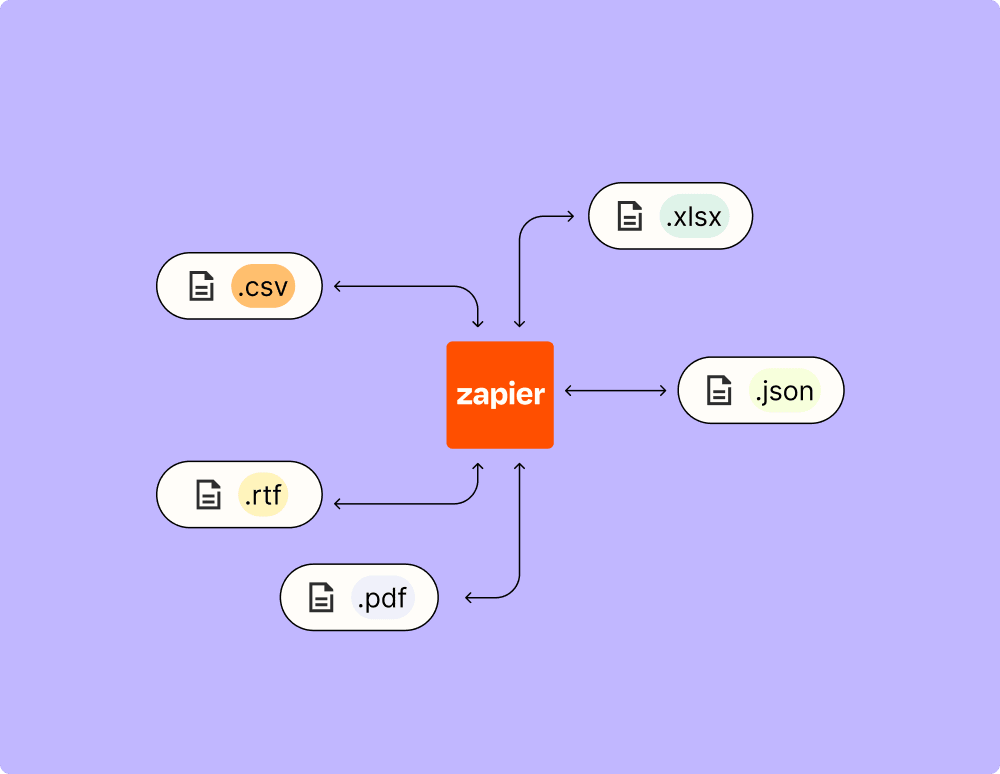Connect Google BigQuery and Airtable to unlock the power of automation
- No credit card required
- Free forever for core features
- 14-day trial for premium features and apps
Choose a Trigger
Choose an Action
Set up your first integration
Quickly connect Google BigQuery to Airtable with a Zapier template.
Our most popular template

How Zapier works
Zapier makes it easy to integrate Google BigQuery with Airtable - no code necessary. See how you can get setup in minutes.
Zapier is the automation platform of choice for 87% of Forbes Cloud 100 companies in 2023
93%
Customers who say using Zapier has made them better at their job
25m
Customers have created over 25 million Zaps on the platform
6 mins
The average user takes less than 6 minutes to set up a Zap
Supported triggers and actions
Zapier helps you create workflows that connect your apps to automate repetitive tasks. A trigger is an event that starts a workflow, and an action is an event a Zap performs.
- Project IDRequired
- DatasetRequired
- TableRequired
Try It- Project IDRequired
- Job IDRequired
- LocationRequired
Try It- Project IDRequired
- DatasetRequired
- TableRequired
- Project IDRequired
- DatasetRequired
- TableRequired
- Unique ColumnRequired
- Where ValueRequired
- Project IDRequired
- DatasetRequired
- TableRequired
- Sort By ColumnRequired
- Unique ColumnRequired
Try It- Project IDRequired
- DatasetRequired
- TableRequired
- Unique ColumnRequired
- IS Operator
Try It- Project IDRequired
- DatasetRequired
- TableRequired
- Project IDRequired
- DatasetRequired
- TableRequired
- RowsRequired
- Skip Invalid Rows
- Ignore Unknown Values
Learn how to automate Google BigQuery on the Zapier blog
Learn how to automate Airtable on the Zapier blog
Related categories
